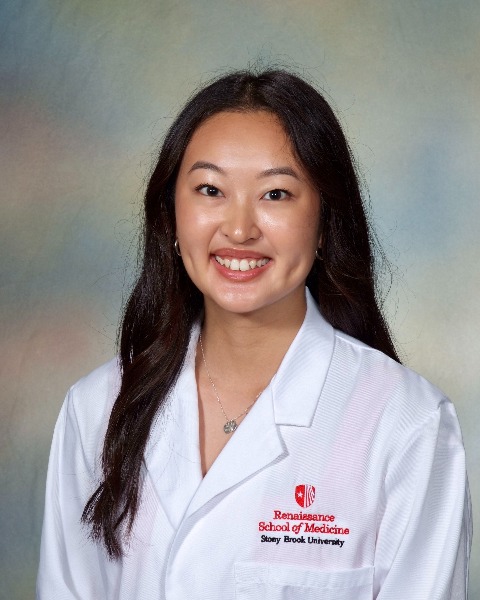Emergency Medicine Works in Progress
Session: Emergency Medicine Works in Progress
WIP 01 - Assessing the Feasibility of Magic Therapy as Distraction During Invasive Procedures in a Pediatric Emergency Department
Saturday, April 26, 2025
2:30pm - 4:45pm HST
Publication Number: WIP 01.7493
Janica Ha, Renaissance School of Medicine at Stony Brook University, Port Jefferson Station, NY, United States; Anthony J. Sochan, Renaissance School of Medicine at Stony Brook University, Stony Brook, NY, United States; Anthony G. Chesebro, Renaissance School of Medicine at Stony Brook University, Stony Brook, NY, United States; Aaron X.. Lopez, Renaissance School of Medicine at Stony Brook University, Great Neck, NY, United States; Brandon Wong, Renaissance School of Medicine at Stony Brook University, Santa Ana, CA, United States; Anne Bennett, Renaissance School of Medicine at Stony Brook University, Port Jefferson, NY, United States; Harrison Pravder, Boston Children's Hospital, Boston, MA, United States; Carl Kaplan, Renaissance School of Medicine at Stony Brook University, Stony Brook, NY, United States

Janica Ha, BS (she/her/hers)
Medical Student (MS2)
Renaissance School of Medicine at Stony Brook University
Port Jefferson Station, New York, United States
WIP Poster Presenter(s)
Background: Distraction therapy is effective at reducing pain and anxiety in pediatric patients undergoing invasive procedures. In fast-paced environments like the pediatric emergency department (PED), integrating these interventions into routine workflows is uniquely difficult. The MagicAid curriculum has taught Stony Brook University (SBU) medical students basic magic tricks to use with pediatric patients since 2017. Magic therapy has shown promise in pediatric inpatient care but its feasibility and implementation in the PED has not been analyzed.
Objective: To identify barriers and solutions for magic therapy implementation in PEDs.
Design/Methods: This study utilizes a written structured interview to survey healthcare personnel involved in implementing magic therapy as a distraction during invasive procedures in the PED. This study was approved by the SBU IRB. Physicians, Child Life Specialists, and medical student magic therapists are participating in interviews to identify successful strategies, challenges during implementation, and areas for improvement. Interviews include open-ended questions and structured surveys (5-point Likert scales) to assess the viability of magic therapy in the PED. Efficacy surveys completed by magic therapists provide quantitative data on child engagement, from initial interest to active participation and emotional response. PED nurses are also being surveyed to assess their perceptions of the intervention’s impact on procedural efficacy and the value of magic therapy. A workflow analysis is in progress to determine optimal integration for magic therapy in the existing PED workflow. Descriptive statistics summarize ordinal data and analysis of open-ended responses identifies recurring themes. The results are being synthesized to provide actionable interventions for PEDs. From 28 completed efficacy surveys, magicians felt that the distraction was received positively both during and after the procedure (4.0 vs 4.1, p=0.89). 12 additional surveys will be collected and all magic therapists surveyed are invited to participate in the structured interview.

